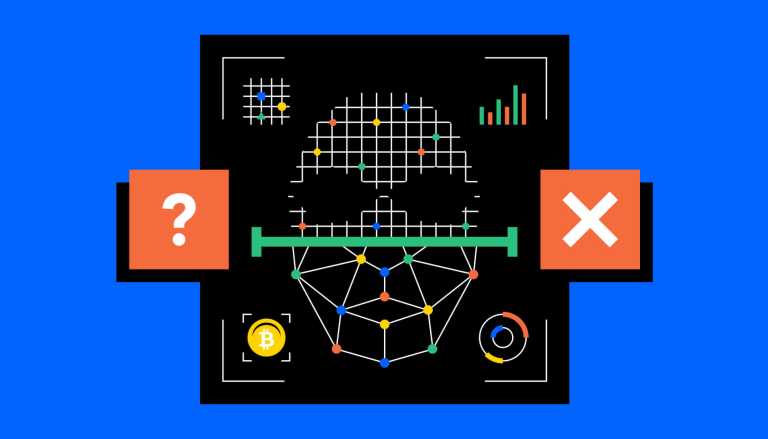What is a 51% attack and what are the risks?

A 51% attack is a potential threat to blockchain networks, where a group of miners may control more than 50% of the network's mining hash rate.
This control may allow the attackers to prevent new transactions from gaining confirmations, halt payments, and even reverse transactions.
While larger networks are less likely to fall victim to a 51% attack, smaller networks are more vulnerable.
Understanding a 51% Attack
A 51% attack refers to a situation where a group of miners on a blockchain network may gain control of more than 50% of the network's mining hash rate. This control may allow them to manipulate the network in various ways.
For instance, they may prevent new transactions from gaining confirmations, effectively halting payments between users. They may also reverse transactions that were completed while they were in control, potentially leading to double-spending of coins.
The Mechanics of a 51% Attack
To understand how a 51% attack works, it's important to understand how blockchain networks operate.
A blockchain is a distributed ledger that records transactions and information about them, then encrypts the data. The network reaches a majority consensus about transactions through a validation process, and the blocks where the information is stored are sealed.
The blocks are linked together via cryptographic techniques where previous block information is recorded in each block, making the blocks nearly impossible to alter once they are confirmed enough times.
The Risks of a 51% Attack
The risks associated with a 51% attack are significant.
If successful, attackers may interrupt the recording of new blocks by preventing other miners from completing blocks.
They may also reverse transactions, allowing them to double-spend coins. This undermines the integrity of the blockchain and can lead to a loss of trust in the network.
While larger networks are less likely to be successfully attacked due to their size and complexity, smaller networks are more vulnerable.
Preventing a 51% Attack
Preventing a 51% attack is challenging due to the decentralized nature of blockchain networks. However, there are measures that can be taken to mitigate the risk.
For instance, implementing a consensus mechanism, where nodes are required to stake a certain amount of the native token to earn validator status, can make it more difficult for a single entity to gain control of the majority of the network.
Moreover, regular network monitoring and the use of advanced cryptographic techniques can help detect and prevent potential attacks.


